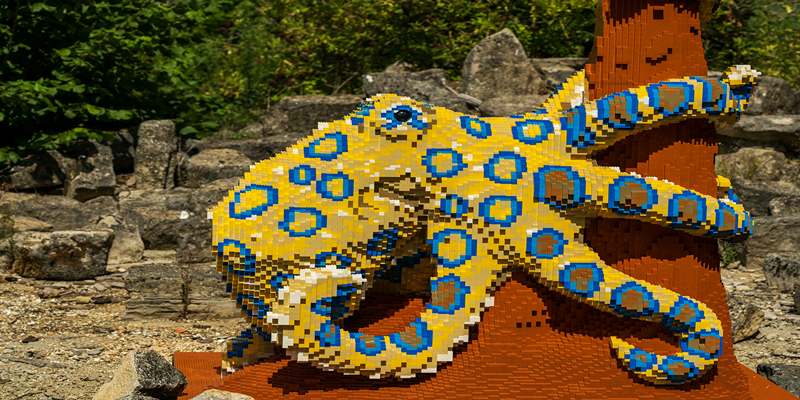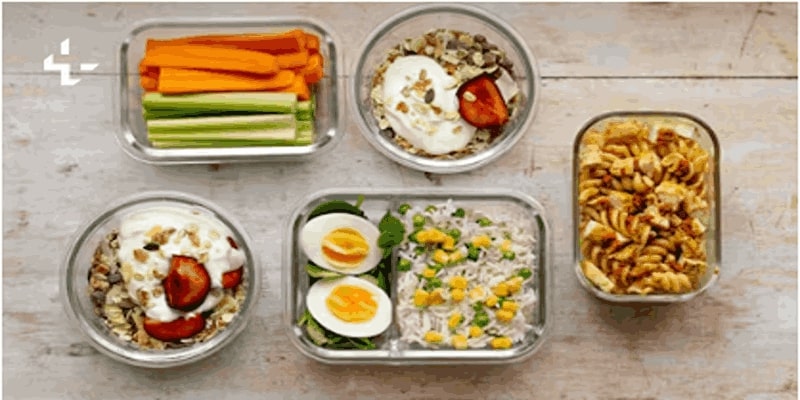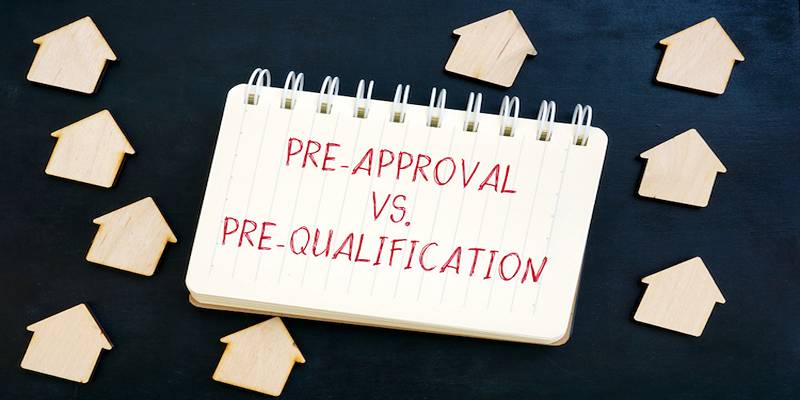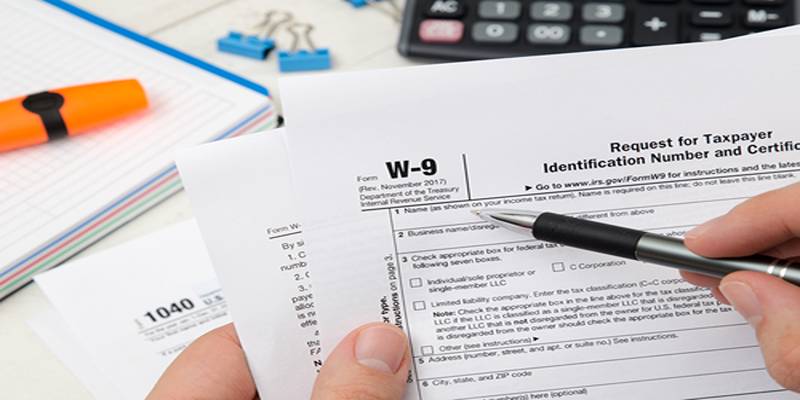Creating an obstacle course for kids is a fantastic way to combine fun, creativity, and physical activity. In this guide, we’ll explore simple and entertaining obstacle course ideas that are easy to set up at home or outdoors, ensuring endless excitement and engagement for children.
Significance of Physical Exercise for Children
Let's have a basic understanding of why kids need exercise before we go over the ideas of the obstacle course for children. Physical activity is important to the health and well-being of children since it assists with:
- Develop healthy bones and muscles
- Enhance cardiovascular fitness
- Enable them to have a healthy weight
- Enhance flexibility and coordination
- Boost confidence and self-esteem
Indoor Obstacle Course Ideas
An indoor obstacle course is an excellent means of getting children active and entertained. It encourages problem-solving, imagination, and exercise by being adaptable to any indoor space. Below are some simple and entertaining ideas to try.
Cushion Hurdles
Put pillows or cushions on the floor as hurdles for kids to jump over. Position them at intervals to challenge their coordination and agility. Utilize strong, soft pillows to ensure that the hurdles are safe. This activity promotes leg strength, balance, and thinking ability as they crawl over the hurdles tactfully.
Tunnel Crawl
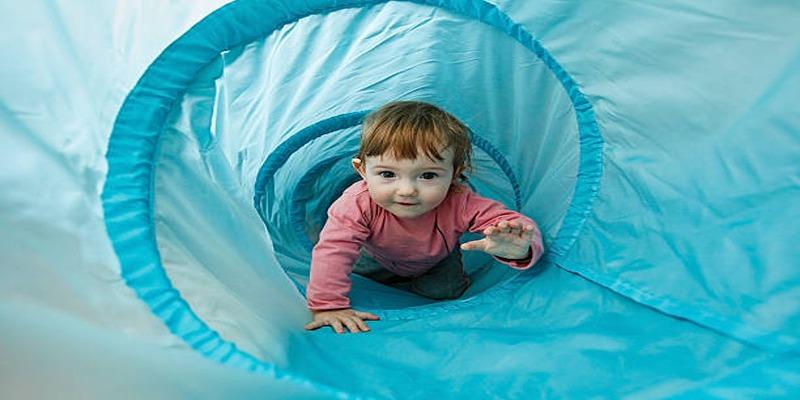
Use a pop-up tunnel or create a tunnel by draping sheets or blankets across chairs to create a crawl space. Encourage children to crawl on their hands and knees through the tunnel. This activity strengthens their motor skills, builds up their core muscles, and tests their spatial awareness as they wriggle through cramped spaces.
Balancing Beam
Put a strip of masking tape on the ground or a secure plank to create a balancing beam. Challenge children to cross it without stepping off. For extra difficulty, have them cross with something in their hand or balance on one foot. Balancing beams help build concentration, balance, and coordination.
Object Transfer Relay
Design a relay course where kids need to transport small items like toys or balls from one end of the course to the other without touching them with their hands. They can either hold the spoon or simply balance the object on their head. The exercise improves their accuracy, requires constant attention, and introduces a bit of fun to their practice.
Outdoor Obstacle Course Ideas
Outdoor obstacle courses are an excellent means to foster physical well-being, group work, and problem-solving. Through the use of innovative challenges, kids can participate in enjoyable activities that promote movement, critical thinking, and playfulness.
1.Tire Hop Challenge
Form a course by placing old tires on the ground in a line and lying them down flat. The children jump between the tires, maintaining balance and coordination. This exercise builds leg strength and enhances agility. To make it challenging, introduce patterns such as alternating feet for jumps or time them to achieve the course at the fastest rate possible.
2. Hurdle Jumps
Use small hurdles, cones, or ropes at different heights to create a jumping course. Children can practice jumping techniques as they make their way across the hurdles. This activity enhances leg muscles, strengthens coordination, and builds confidence in their physical abilities. Adjust the height of hurdles based on the kids’ ages and skill levels for a tailored challenge.
3. Balance Beam Walk
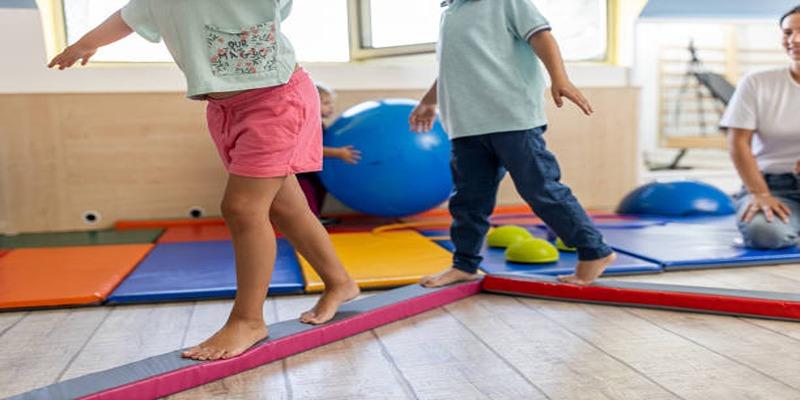
Lay down a wooden plank or use a straight rope to simulate a balance beam. Kids can practice walking carefully across while maintaining their balance. To add more fun, incorporate tasks like holding an object or completing the walk blindfolded with guidance. This activity is outstanding for improving concentration, posture, and overall equilibrium in a safe and exciting way.
4. Scavenger Hunt
Organize a scavenger hunt in a backyard, park, or garden for a thrilling outdoor adventure. Create a list of items for kids to find, such as leaves, rocks, or specific flowers, and encourage them to explore their surroundings to check off each item. For added educational value, include clues or descriptions that teach them about nature. This activity promotes critical thinking, teamwork, and a sense of discovery while keeping children active and engaged.
DIY Obstacle Course Tips
Creating a DIY obstacle course at home or outdoors can be a fun and enriching experience for kids. With a little creativity, you can design activities that foster physical fitness, coordination, and problem-solving skills. Here are some tips to get started:
- Use household items like cones, chairs, or cushions to set up a simple, fun obstacle course.
- Ensure the course is age-appropriate, safe, and all items are stable to prevent injuries.
- Add variety with tasks like jumping over cushions, crawling under chairs, or balancing along cones for a mix of challenges.
- Keep it flexible, adjusting difficulty to suit participants’ needs, so everyone feels engaged and challenged.
Adapting for Different Age Groups
As children grow and develop, their physical abilities also change. It is important to consider the age of your participants when designing an obstacle course. Younger children may need simpler tasks with larger obstacles, while older kids can handle more complex challenges. Here are some suggestions for adapting the same course for different age groups:
- For preschoolers (ages 3-5), use soft objects like pillows or stuffed animals as obstacles and keep the course short and simple.
- For elementary school-age children (6-12 years old), incorporate activities that require balance, coordination, and problem-solving skills.
- For teenagers (13-18 years old), increase the difficulty level by adding in more obstacles and incorporating team challenges.
Encouraging Creativity and Participation
One of the best ways to keep children engaged and interested in an obstacle course is by encouraging creativity and participation. This can be achieved by allowing them to have a say in designing the course or incorporating elements that they enjoy.
For preschoolers, you can ask them what kind of obstacles or activities they would like to include, such as jumping over colorful hula hoops or crawling through a tunnel. This not only allows them to feel involved but also makes the course more fun and enjoyable for them.
Elementary school-age children can be challenged to come up with their own unique ways of completing an obstacle, such as using a specific type of movement or finding alternative routes.
Conclusion
Creating an obstacle course is a fantastic way to promote physical activity, creativity, and collaboration among children. By involving them in the planning process and tailoring the course to their interests, you can ensure they remain engaged and have fun. Whether for preschoolers or elementary school-age children, the possibilities are endless for crafting exciting challenges that cater to their abilities.





